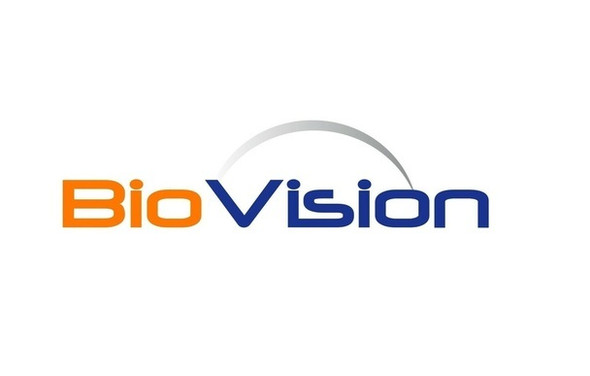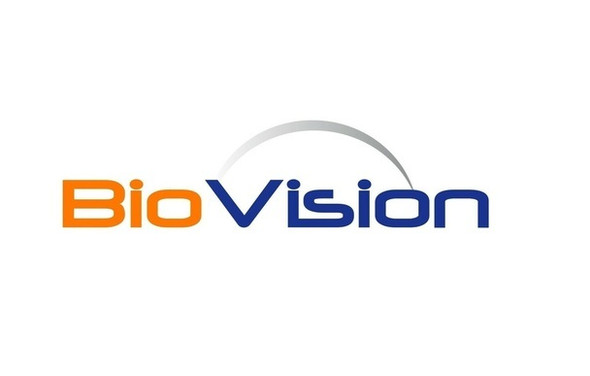Biovision
Human CellExp™ TNFSF11 / RANKL / CD254, Human Recombinant
- SKU:
- 26-P1206
- Availability:
- Usually Shipped in 5 Working Days
- Storage Temperature:
- -20°C
- Shipping Conditions:
- Gel Pack
- Shelf Life:
- 12 months
Description
Biomolecule/Target: TNFSF11
Synonyms: RANKL, CD254, TRANCE, OPGL, ODF
Alternates names: RANKL, CD254, TRANCE, OPGL, ODF
Taglines: Tumor necrosis factor ligand superfamily member 11 stimulates osteoclast formation.
Taglines: USA
Country of Animal Origin: USA
NCBI Gene ID #.: 8600
NCBI Gene Symbol: TNFSF11
Gene Source: Human
Accession #: O14788
Recombinant: Yes
Source: HEK293 cells
Purity by SDS-PAGE #: > 95%
Assay: SDS-PAGE
Purity: N/A
Assay #2: N/A
Endotoxin Level: < 1.0 EU per/μg
Activity (Specifications/test method): Measured by its binding ability in a functional ELISA.
Biological activity: Immobilized Human TNFRSF11A at 5 μg/mL (100 μL/well) can bind Human TNFSF11, His Tag with a linear range of 0.2-6 ng/mL
Results: N/A
Binding Capacity: Immobilized Human TNFRSF11A at 5 μg/mL (100 μL/well) can bind Human TNFSF11, His Tag with a linear range of 0.2-6 ng/mL
Unit Definition: N/A
Molecular Weight: 23.1 kDa
Concentration: N/A
Appearance: Lyophilized
Physical form description: Lyophilized from 0.22 μm filtered solution in PBS, pH7.4. Generally Mannitol or Trehalose is added as a protectant before lyophilization.
Reconstitution Instructions: Reconstitute in sterile deionized water to the desired protein concentration.
Background Information: Receptor activator of nuclear factor kappa-B ligand (RANKL), also known as tumor necrosis factor ligand superfamily member 11 (TNFSF11), TNF-related activation-induced cytokine (TRANCE), osteoprotegerin ligand (OPGL), and osteoclast differentiation factor (ODF), is known as a type II membrane protein and is a member of the tumor necrosis factor (TNF) superfamily. RANKL, through its ability to stimulate osteoclast formation and activity, is a critical mediator of bone resorption and overall bone density. Some findings also suggestion some cancer cells, particularly prostate cancer cells, can activate an increase in bone remodeling and ultimately increase overall bone production.[17] This increase in bone remodeling and bone production increases the overall growth of bone metastasizes.
Amino acid sequence: N/A
Handling: Centrifuge the vial prior to opening.
Usage: For Research Use Only! Not to be used in humans






